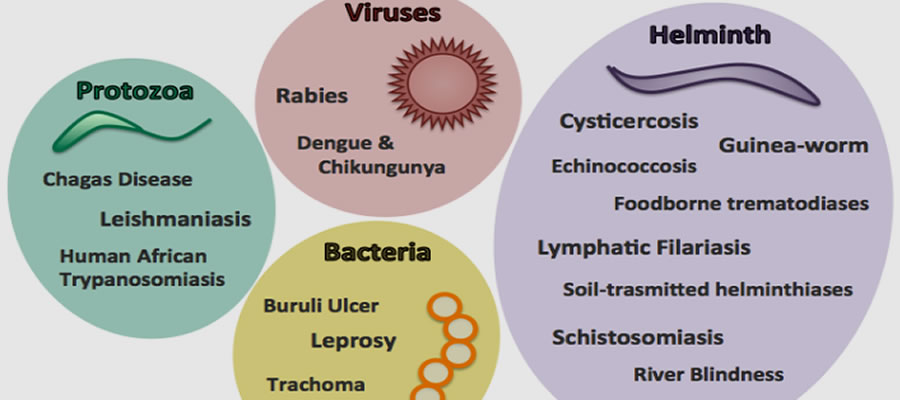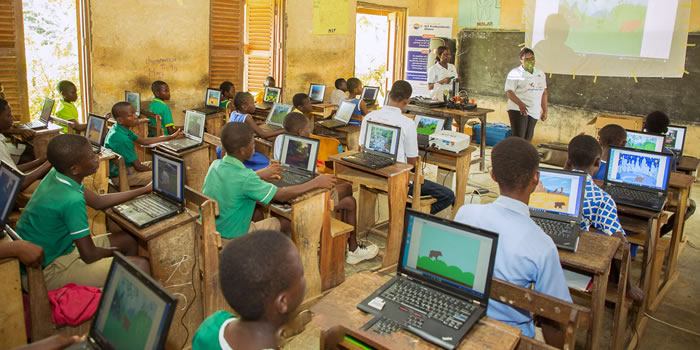

Health Services
Akyemansa has a District Health Council as its advisory board and the District Health Management Team (DHMT) as the technical planning body of health activities in the district. The DHMT is headed by the District Director of Health Services (DDHS) with five health administration sub-districts namely; Brenase, Ofoase, Ayirebi, Abenase and Anyinase sub-districts. Table is showing distribution of health facilities in the district.
Table: 1.21Summaries of Sub District Population, Communities and Health Centres
Source: DHD, Akyemansa 2017
It can be seen from the table above that, considering the enormity of communities in a particular sub-district, access to these health facilities is a problem that people have to travel long distances to access these services. However, to prevent that upsurge of certain diseases, health volunteers are deployed in every community to educate and assist Community Based Health and Planning Services (CHPS) in the discharge of their duties.
Table 1.22: Health Facilities
The effort of the Ghana Health Service (GHS) is always been augmented by the private maternity homes and missionary hospitals. Table 1.11 shows that GHS facilities in the district amount to 27 in addition to the CHPS and RCH, whiles the remaining services are provided by the private health facilities. The major challenges to health delivery in the district are inadequate health equipment’s, personnel as well as infrastructure.
Specific Disease Control Activities
The District DiseaseControl Unit is an integral sector of the health service delivery in the area. The unit is responsible for control and prevention of diseases and much of it in the Expanded Programme on Immunization (EPI), disease surveillance and health promotion education. The unit also sees to it that vaccines and logistics are always available in controlled quantities for equitable distribution to all the health facilities in the five sub-districts.
- Surveillance
With regards to disease surveillance, data on diseases were systematically collected, collated, analyzed, interpreted and disseminated for appropriate action. In all, 90 volunteers were involved at the community level and some assisted community health officers and CHPS zones. The volunteers were motivated by given bicycles around the middle of the year 2013.
- Expanded Programme on Immunization (EPI)
As far as EPI is concerned, many in successes were chalked in terms of coverage, except in TT2+ Non-Pregnant; however, the coverage has a corresponding effect on the control of vaccine preventable diseases. The district will continue to pursue strategies that will improve and sustain the coverage made on EPI.
Top Ten Disease
The analysis of ten diseases revealed that, malaria continues to dominate over the three year period from 2014 - 2016. This is attributed to the nature of the area been abundant in forest reserves and many rivers and streams draining the area. In this instance, much emphasis is placed on personal hygiene coupled with stagnant waters and unkempt refuse dumps. The table below gives a numerical view of the top ten diseases in the district.
Table: 1.23 Top Ten Disease from 2014-2016
Source: DHMT Akyemansa 2016
Malaria Control Activities
The roll back malaria strategy was enforced by all health centres including CHOs in the CHPS Compounds. The main activities undertaken were quarterly durbars, monthly data compilation and monthly review with health staff, clean-up campaigns, education on the use of Insecticides treated Nets, treatment of bed nets so that net re-treatment was decentralized in the district. However, there still remains a challenge as far as malaria eradication is concerned.
- Malaria Cases
The most prevalent disease in the district is malaria. Though no death has been recorded relating to malaria yet, it continues to be the top most disease that majority of the populace suffers from. Table 1.24indicates the trend of malaria cases in the district.
Table 1.24: Trend of Malaria Cases
Malaria cases in the review year saw a decline as compared to the previous year 2015. Out of the Thirty Eight thousand eight hundred and five (38,805) total malaria cases in the District, malaria in pregnancy accounted for 0.5% a better outcome as compared to 3.2% last year. Malaria among children under five has still been more worrying in the year 2016 with 38.1% of all malaria cases as compared to the previous year which was 33.9% hence the need to intensify strategies to reduce malaria casesamong this vulnerable age group and allmalaria cases recorded in the District as a whole
HIV & AIDs CONTROLACTIVITIES
The HIV and AIDS Control Programme are functioning effectively in the District. The model for preventing HIV that is, Abstinence, being faithful to one’s partner and the use of condom (ABC) as well as PMTCT is still relevant for national HIV response. The districtover the years have intensified health education in OPDs, ANCs CWC sessions, communities, churches and mosques on abstinence for young people before their sexual debut, being faithful (mutual fidelity) for couples and correct and consistent use of condom for high risk sex among other activities like counseling and testing, Prevention of mother to child transmission and formation of people living with HIV association aiming at reduction in new HIV infections.
IE&C/ BCC
Behavioral Change Communication activities on HIV and AIDS were integrated into the District Health Promotion Plan. Specific activities carried out include Health talks, Durbars, and Counseling, Film shows in groups, individuals, in churches, Schools, Community gatherings, OPD, ANC, and PNC etc.
Most of the clients seen and tested were referrals from Community Health officers and Disease Control Officers.
HIV Testing Services
HIV testing and counseling have been viewed as an entry point to HIV treatment, care and support and an important step in HIV prevention. HTS services have been scaled up to all twenty-eight (28) facilities in the district. The total number of clients counseled for HIV testing during the year was Two hundred and five (205), a massive improvement on what was achieved in the previous year. Two thousand four hundred and two (2402) pregnant women were registered at Antenatal Clinics out of which two thousand one hundred and sixty six (2166) were tested for HIV and six out of the seven confirmed cases were put on ARVs.
The years HIV celebration day was with a theme the drives the new strategic plan with necessary efforts to have an HIV free population by 2020. ‘90-90-90’ with the first ninety standing for 90% of all HIV clients knowing their status by testing, the second depicting 90% of all confirmed cases initiating and sustaining treatment and last ninety, 90% of ARVs achieving reduction in viral load.
Table: 1.15HIV Testing and Counseling Coverage 2014-2016
From the table HIV testing and counseling keep declining over the years because of lack of reagents. The available reagents are meant for eMTCT activities. This has drastically reduced the voluntary testing services.
- Eliminating Mother to Child Transmission (eMTCT)
Mother to child transmission of
HIV is virtually the only way that young children (under five years of age) acquire HIV infection in Ghana and without any intervention to reduce vertical transmission about 25% - 30% of infected pregnant and breads feeding women will transmit HIV to their children adding up to the pool of those already infected. In view of this, it has been made mandatory for all pregnant women at Antenatal clinics to be tested for their HIV status to be known, in order to put positive clients on treatment and eliminate mother to child transmission of HIV.
Date Created : 3/21/2025 3:27:19 AM








 facebook
facebook
 twitter
twitter
 Youtube
Youtube
 +233 593 831 280
+233 593 831 280 0800 430 430
0800 430 430 GPS: GE-231-4383
GPS: GE-231-4383 info@ghanadistricts.com
info@ghanadistricts.com Box GP1044, Accra, Ghana
Box GP1044, Accra, Ghana